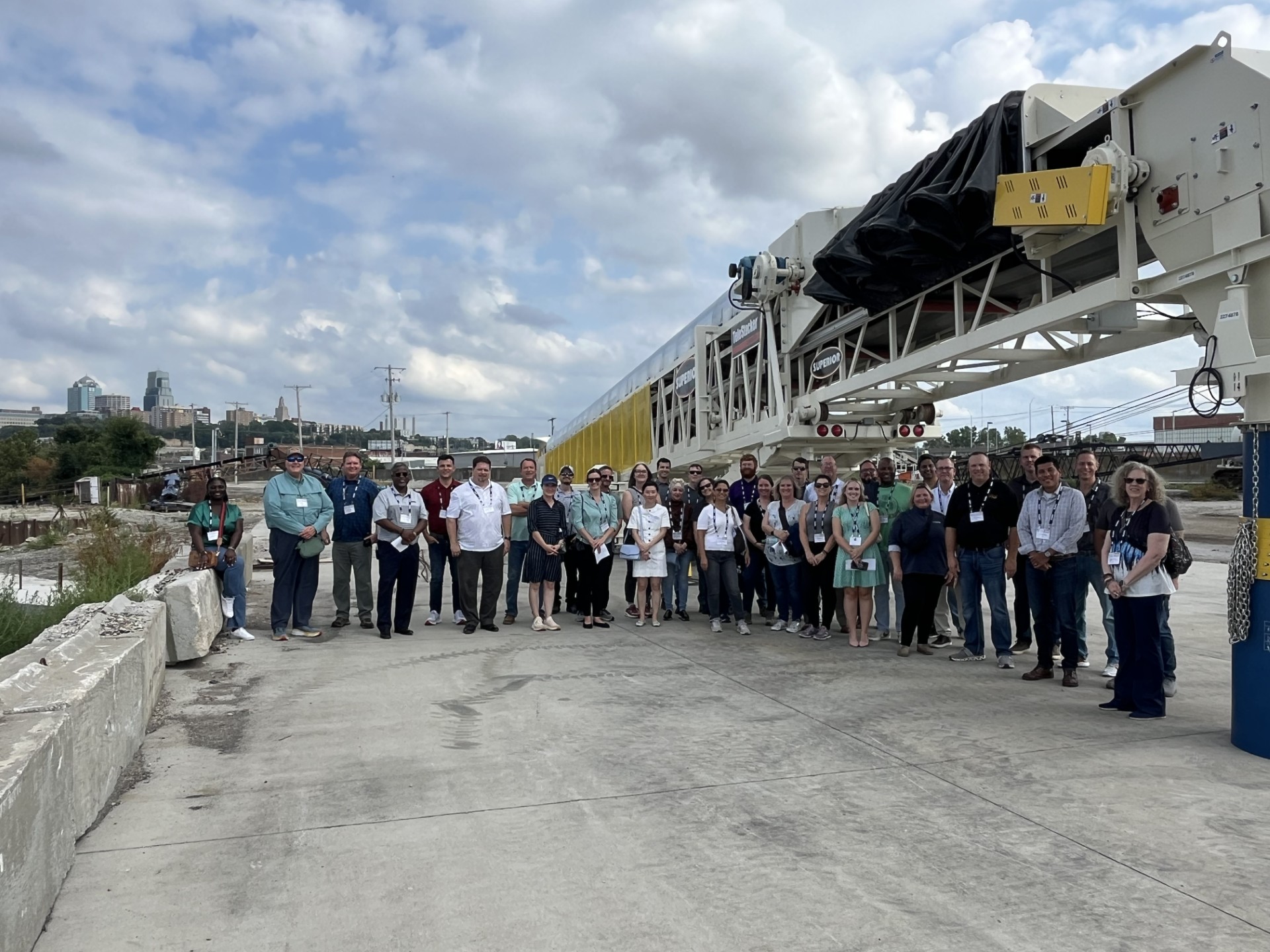Measuring Transportation Performance
Many of us in the transportation community have been lamenting the lack of action at the federal level in the reauthorization of transportation programs. We have been operating on continuing resolutions and loans from the general fund for a very long time and Congressional action still seems years in the future.
I recently had the chance to hear from the heads of two state departments of transportation, both of whom have been fairly successful at a state level in gaining support from their elected policy makers. Deb Miller, Secretary of the Kansas DOT, and Paula Hammond, Secretary of the Washington DOT, spoke at the TRB Fourth International Conference on Performance Measurement. Both of their agencies have gotten high marks from state media and both have fared reasonably well in the struggles for revenue. Their secret, which they shared with 150 conference attendees: they share information easily and often with the people of their states and with elected policy makers. They do this regularly, not just when they need a revenue boost. And they do it in a manner that is understandable to the non-technical person. In short, they use performance metrics and performance management techniques to illustrate the condition and needs of the transportation systems they manage and of the performance of their agencies. Most notably, they share the bad news as well as the good.
This approach can be contrasted with the situation nationally and in many states. We talk about backlogs requiring billions of dollars and estimates to maintain and improve the system of hundreds of billions of dollars. The numbers are so huge that they defy understanding. Moreover, the system has never been funded in the manner that these estimates would suggest. The American Society of Civil Engineers gives the transportation system a grade of D or F in part by considering the cost of improving many deficiencies that would never be addressed even under the most lavish funding levels imaginable. And we talk about the failed I-35W Mississippi River bridge in Minnesota as if the failure could be attributed to deferred maintenance (instead of the design flaw and increased weight identified by the National Transportation Safety Board investigation). Overall, we in the transportation community spin an incredible tale and then find it difficult to understand why our intended audience does not find it creditable. And we do this mainly when we need more revenue. We have not established the credibility that comes with regularly sharing information in a meaningful way.
Kansas and Washington, because they share information so widely, have established a trust and credibility with their taxpayers and their policy makers. Trust makes their information believable. We could learn from their experience. We as a transportation community need to build a greater trust with our national taxpayers and policy makers. To do this, we have to build some base of information. That information has to include some agreed-upon measures of the condition of the transportation system and how it is used. As of this writing, the transportation community in the US has not agreed on measures of such basics as the quality of bridges and pavements or the safety conditions that exist. Nor have we agreed on what is good, mediocre, or bad performance. From a usage point of view, we have no solid source of information on congestion or efficiency. Once we develop such information and metrics, we have to be willing to share the results openly and often. Lacking the tools and the resolve to use them, we really are not in a position to speak intelligently about the needs of the transportation system.
It’s unfortunate that we have not developed the ability to have and use such basic tools nationally. The realistic story of our transportation system would be compelling. The anecdotal evidence gathered from a recent 2,500-mile road trip through eight states in a very small car tends to confirm the story. Many of our interstate pavements are in terrible shape. Congestion abounds. Even some of our signs and markings are in need of work. If we had the data, we could plot a trend line that has been headed downward for several years and could be expected to move downward more sharply over the next decade on most of the measures that concern the public. These are pretty basic asset management concepts, but because we are afraid of being compared to others, and because elected and appointed officials dread bad news, we are not able to use them. Until we learn to acquire and use the data, we will be unable to tell a creditable story of our transportation system needs.
